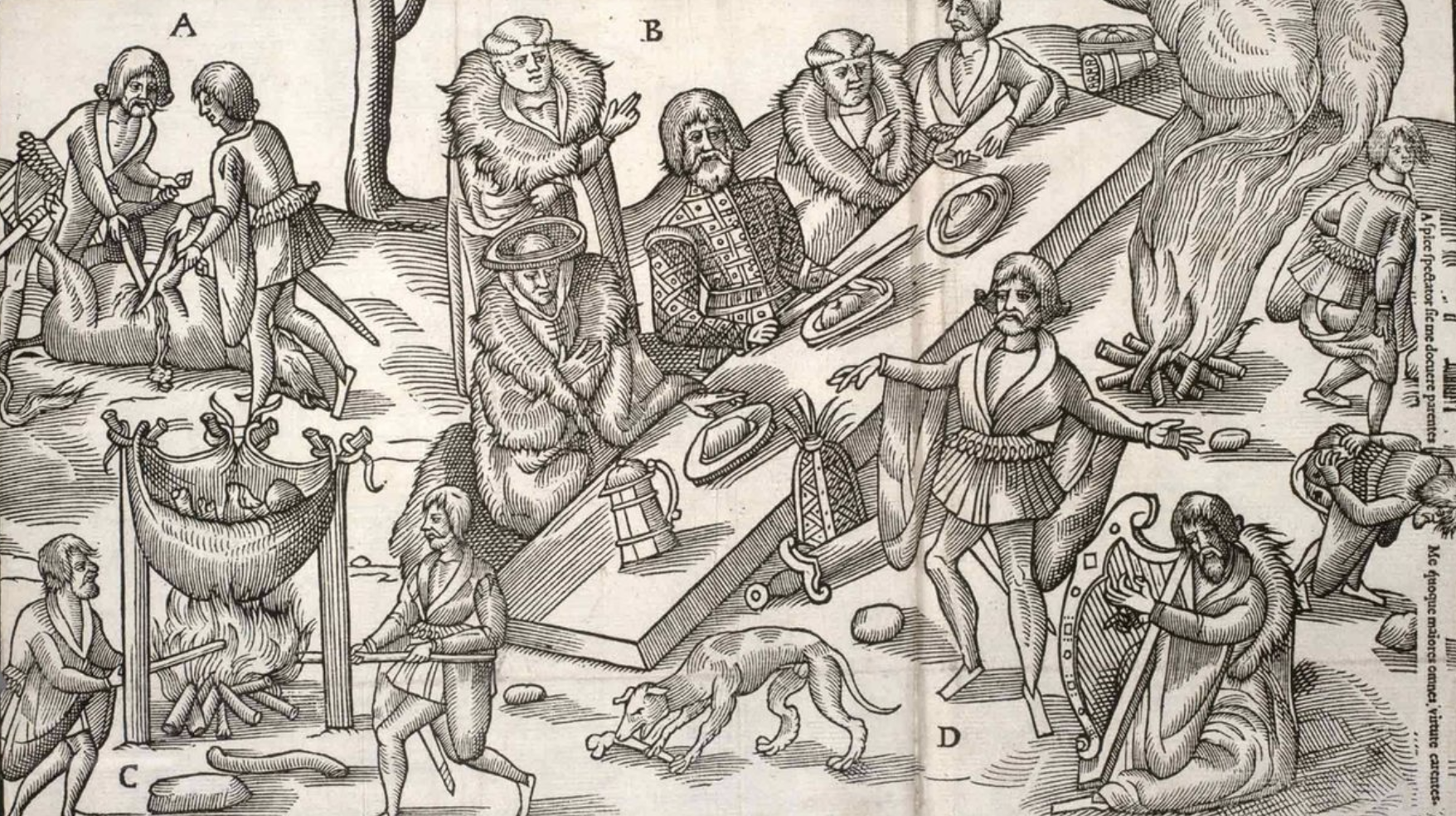STUART DAVIS
At the age of 19 Stuart Davis was the youngest artist in the 1913 Armory Show, a turning point in American Modernism. The work he was there, especially those by Matisse, Van Gogh, and Picasso, had a profound effect on him, and for the next decade he was a devotee to the schools of Cubism and Modernism, painting works that fit into the contemporary avant-garde. By the start of the 1920s, however, Davis had developed as a painter and found a signature style quite unlike anything being made at the time. Predating Pop-Art by nearly 40 years, he fused advertising graphics and commercial products with a hard lines and flat expanses of colour in works he called ‘Color-Space Compositions’. To begin, these were limited to still lives and landscapes, but in 1928 he spent a year in Paris where he would travel around the city each day and return home to paint the urban scenes he had encountered. To look at these works today is to feel a familiarity with the style, something harmonious and understandable, but at the time these were radical explorations of art. Davis used foundations of simplicity, reducing spatial perception, to add adornments of complication that reveal hidden details and meaning in every corner.
LOUISE NEVELSON
Louise Nevelson’s life was to be a tale of 20th Century immigration, steady progress through social classes, and a domestic life in leafy Mount Vernon, if it were not undone by her bravery and commitment to art. Emigrating from Ukraine as a child to the United States, and marrying into a wealthy family in her early 20s, she was expected to be a socialite wife and home-maker, educated on culture but not so bold as to assume she could create it herself. “Within that circle you could know Beethoven”, she said, “but god forbid you were Beethoven.” Yet she was gifted in a wide field of art, and had longed to be an artist since she was a child so, in 1930, at the age of 31, she separated from her husband, accepting no financial support, sold the diamond bracelet he had once given her as a gift, and returned to Europe alone to absorb the artistic culture of the day. Nevelson would go on to redefine American sculpture, but this small sketch on paper was painted during her time in Europe, its loose lines and relaxed feeling clearly informed by Matisse and Picasso. It is the fledgling work of an artist striking out on their own, still awaiting the medium that will call them, but confident in the strength of their character, and the necessity to speak out.
BARNETT NEWMAN
Forms, shapes, discernible meaning: all of these got in the way of Barnett Newman’s mission. He wanted to create art that so engulfed the viewer, was so inescapable in scale and drama that, without distraction, it tapped into a universal understanding. It was only in this way, he thought, that art could approach the sublime, and the aesthetic could elevate the human spirit to a place of purity. Day One is monumental in size while being close to as simple as possible. Save for the two thin lines of slightly contrasting hues, the work is a color-field painting of orange that seems to burst into your brain with abandon. It is, in fact, those two lines of contrasting hue that give the work its power. Newman called them zips, and their purpose is to animate and elevate the central colour - they are not their for beauty but for utility, to uplift and embolden the reach of a single colour towards that final goal of sublimity.
Tuukka Toivonen December 11, 2025
Heather Barnett, an artist who works with slime mold, recently told me she viewed herself not simply as a practitioner of art but as a mediator. Through years of collaborative experimentation she had found herself, without intending to, acting as an intermediary between two mutually foreign forms of intelligence — slime molds and human beings…
<div style="padding:72.92% 0 0 0;position:relative;"><iframe src="https://player.vimeo.com/video/1144921411?badge=0&autopause=0&player_id=0&app_id=58479" frameborder="0" allow="autoplay; fullscreen; picture-in-picture; clipboard-write; encrypted-media; web-share" referrerpolicy="strict-origin-when-cross-origin" style="position:absolute;top:0;left:0;width:100%;height:100%;" title="It's a Wonderful Life clip 2"></iframe></div><script src="https://player.vimeo.com/api/player.js"></script>
Mark Twain December 10, 2025
The following is supposed to be an extract from the diary of the Pepys of that day, the same being Queen Elizabeth’s cup-bearer…
<div style="padding:75% 0 0 0;position:relative;"><iframe src="https://player.vimeo.com/video/1144914517?badge=0&autopause=0&player_id=0&app_id=58479" frameborder="0" allow="autoplay; fullscreen; picture-in-picture; clipboard-write; encrypted-media; web-share" referrerpolicy="strict-origin-when-cross-origin" style="position:absolute;top:0;left:0;width:100%;height:100%;" title="Firing Line clip 9"></iframe></div><script src="https://player.vimeo.com/api/player.js"></script>







Friday 12th December
Today the Moon transitions from the fiery constellation of Leo into the earthy constellation of Virgo, shifting the mood from expression to attentiveness and care for the land. This makes the afternoon especially favourable for applying BD 500. BD 500, the horn-manure preparation, is created by fermenting cow manure in a cow horn through the winter; when stirred and sprayed onto the soil, it deepens root growth, strengthens soil structure, and awakens microbial life. With the Moon in Virgo, these grounding qualities are particularly receptive, and the act of applying BD 500 becomes a quiet gesture of aligning the farm organism with the deeper rhythms of the earth.